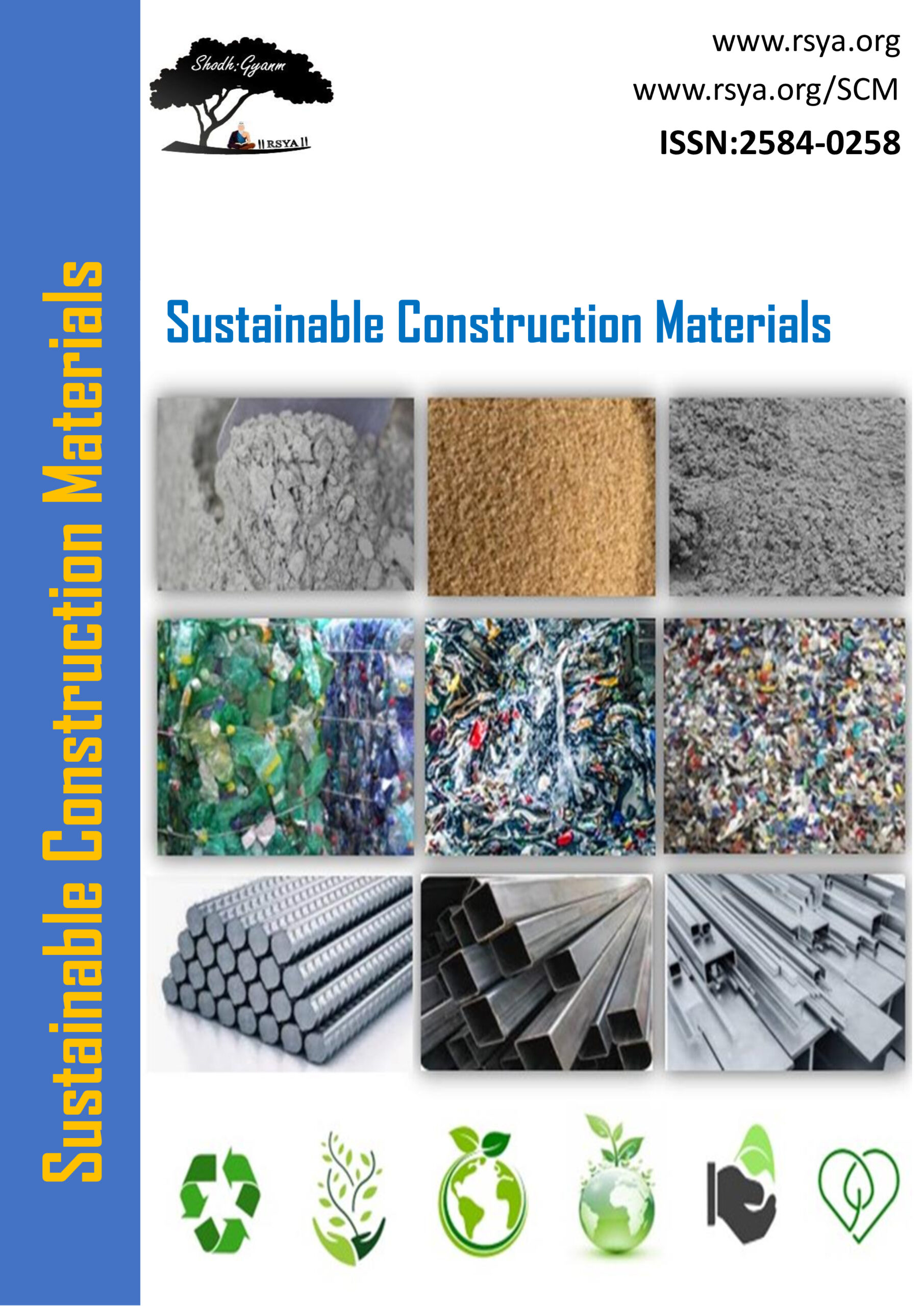
Civil Engineering, Construction Engineering & Management, Material Engineering
ISSN: 2584-0258 Open Access, Double Blind Review
Abstract and Indexing: Road, Google Scholar
Under Review: Scopus(Applied), UGC-Care(Applied), WoS (Applied)
Research Article
Oliver Johns, Lily Tayor
Vol 2 Issue 2, Pages 16 - 24
Abstract- Geopolymer concrete has the potential to replace traditional concrete as a viable material choice. The purpose of this research was to determine how long the geopolymer concrete examples needed to cure before they reached their final mechanical qualities. We measured the density, drying shrinkage, compressive strength, splitting tensile, flexural strength, poison’s ratio, elastic modulus, rebound strength, and ultrasonic pulse velocity of the specimens after they had been cured in the oven at 600C for 4 hours to 72 hours. The results of the experiments reveal that the compressive strength, splitting tensile strength, and flexural strength all increase dramatically during the first 24 hours of curing but then level off. The specimens cured for 72 hours had the highest elastic modulus, whereas those cured for only 4 hours had the lowest. Specimens cured for 4 hours had the highest density, while those cured for 72 hours had the lowest. Similar trends may be seen in the specimens’ compressive strength, rebound strength, and ultrasonic pulse velocity.
